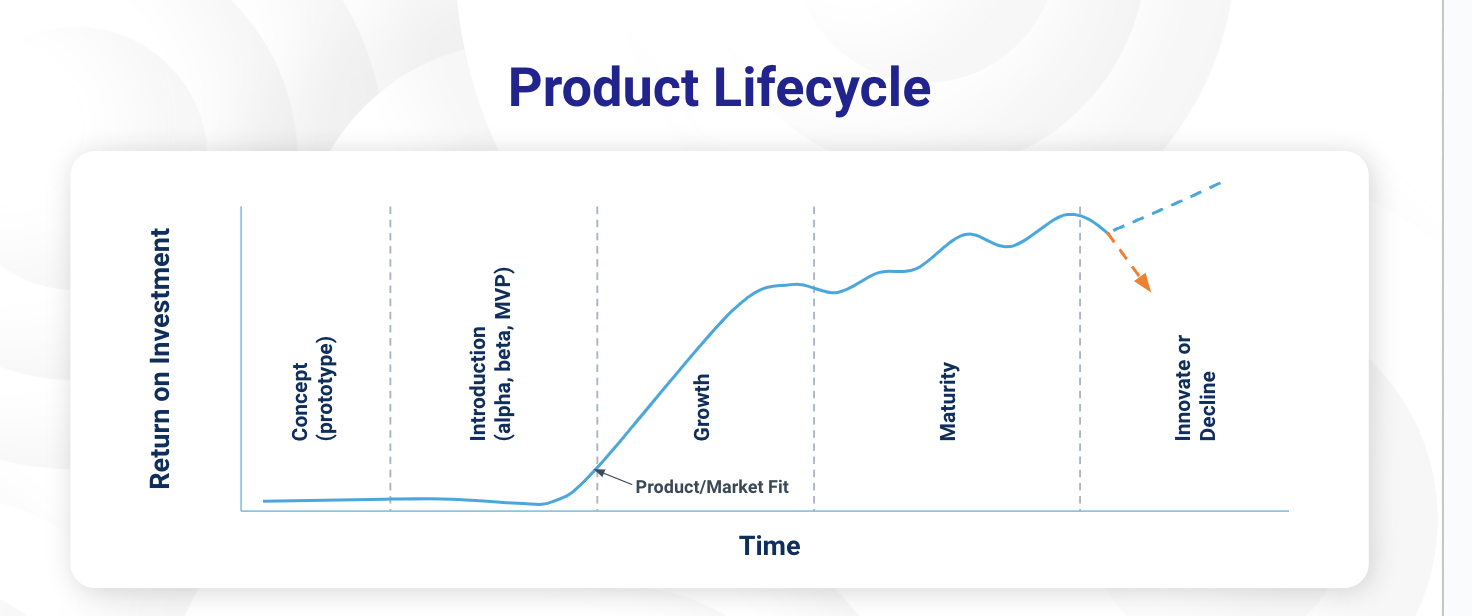Digital Product & Platform Offerings
Different solutions are needed at different times for digital products based on where they are in the product lifecycle. Our Digital Product & Platform offerings are crafted to alleviate common pain points companies face as they navigate finding product-market fit, scaling the growth curve, and reaching product maturity. No matter where in the product lifecycle you find your product, we have tried and true offerings that are tailored to meet you where you are and improve your competitive edge.

;) Product Validation
Product Validation;) Product Development Maturity Assessment
Product Development Maturity Assessment;) MVP Development
MVP Development;) Growth & Scale
Growth & Scale